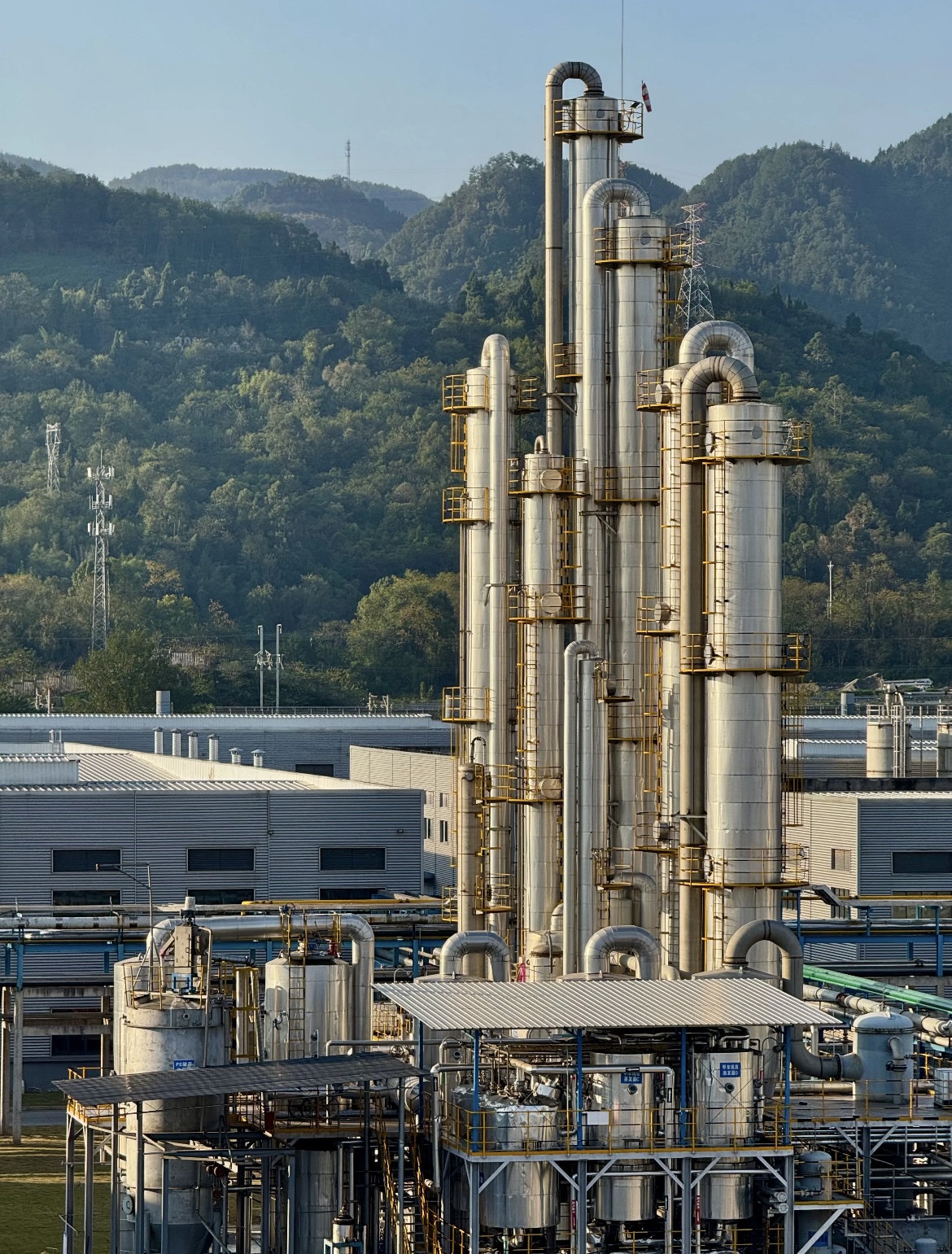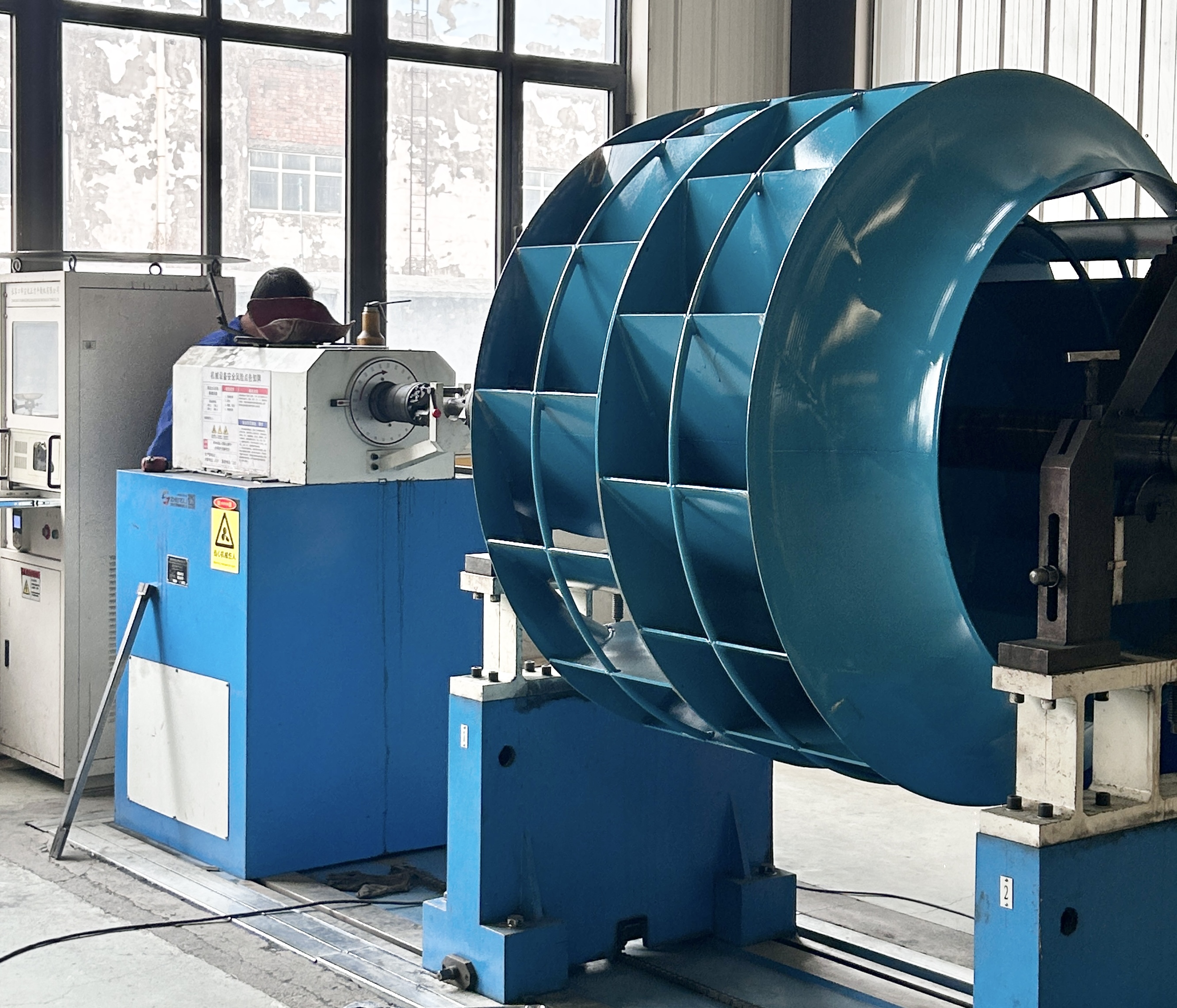The impeller forms of centrifugal fans mainly include three types: front bending, rear bending, and radial.
The impeller form of a centrifugal fan is determined based on the size of the outlet installation angle of the blades, and we can more intuitively understand their differences:
1. A forward curved impeller, when viewed from the radial cross-section of the impeller, has an obtuse angle between the outer extension of the blade and the tangential direction opposite to the rotation direction of the blade at that point. In other words, a forward curved impeller is one where the installation direction of the blade is consistent with the rotation direction of the impeller.
The characteristics of a forward curved impeller are, in simple terms, narrow blades, high outlet air pressure, low efficiency, easy scaling of the impeller, and easy overload.
Centrifugal fan impeller
2. A rear curved impeller is characterized by an acute angle between the outer extension of the blade and the tangential direction opposite to the rotation direction of the blade at that point in the radial section of the impeller. Its obvious feature is that the installation direction is opposite to the rotation direction of the impeller.
The backward curved impeller has high speed, large air volume, and low pressure, but its efficiency is very high. Domestic centrifugal fans with backward impellers can achieve an efficiency of 80% -90%, which is widely used and not easy to scale or overload.
3. Radial impeller: A radial impeller is one in which the outer extension of the blade forms a 90 degree angle with the tangent to the direction of rotation of the blade. The performance of radial impellers is between that of forward curved and backward curved impellers, and they also have the characteristic of being less prone to scaling. They are commonly used in mines and other occasions






